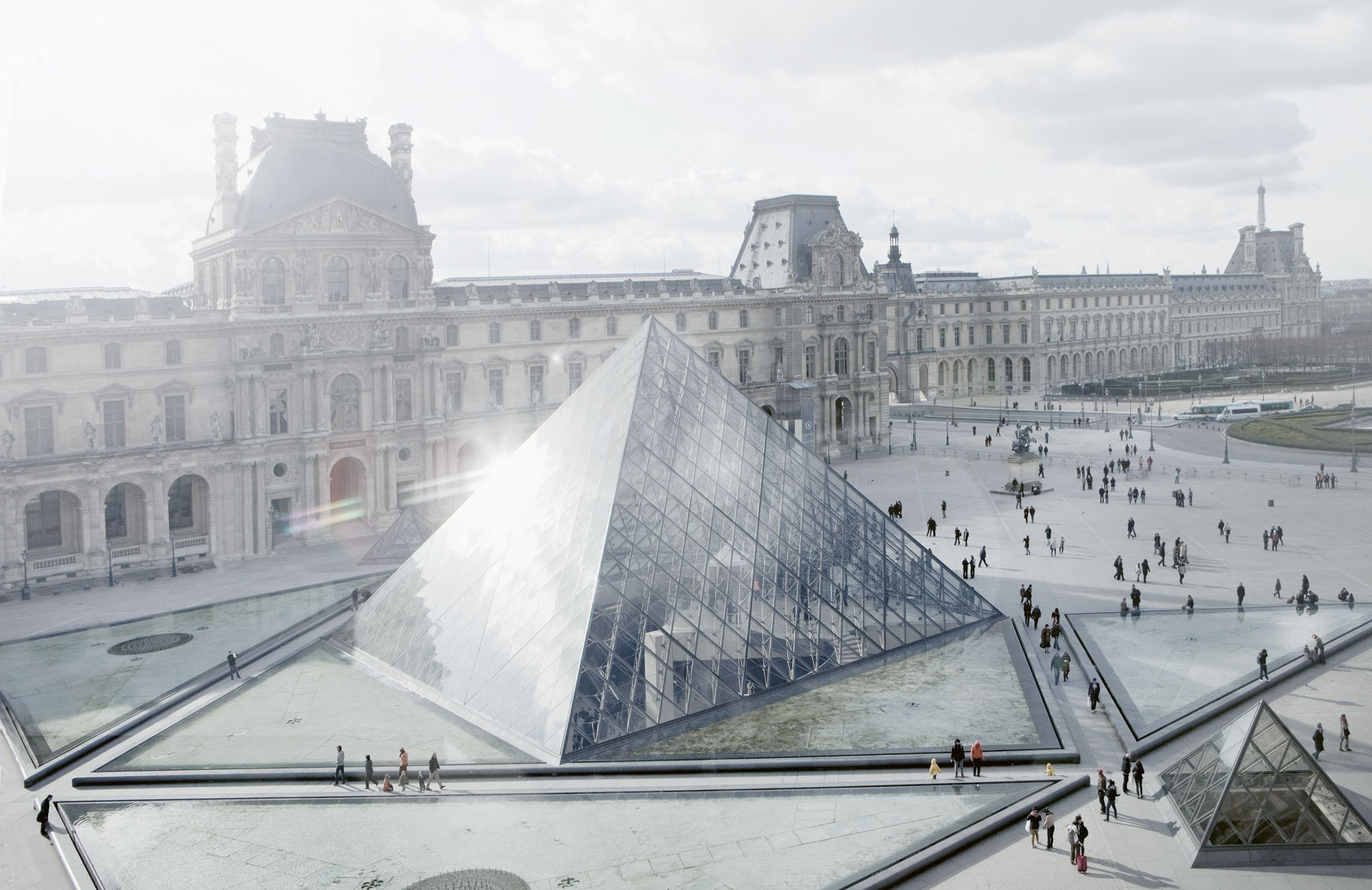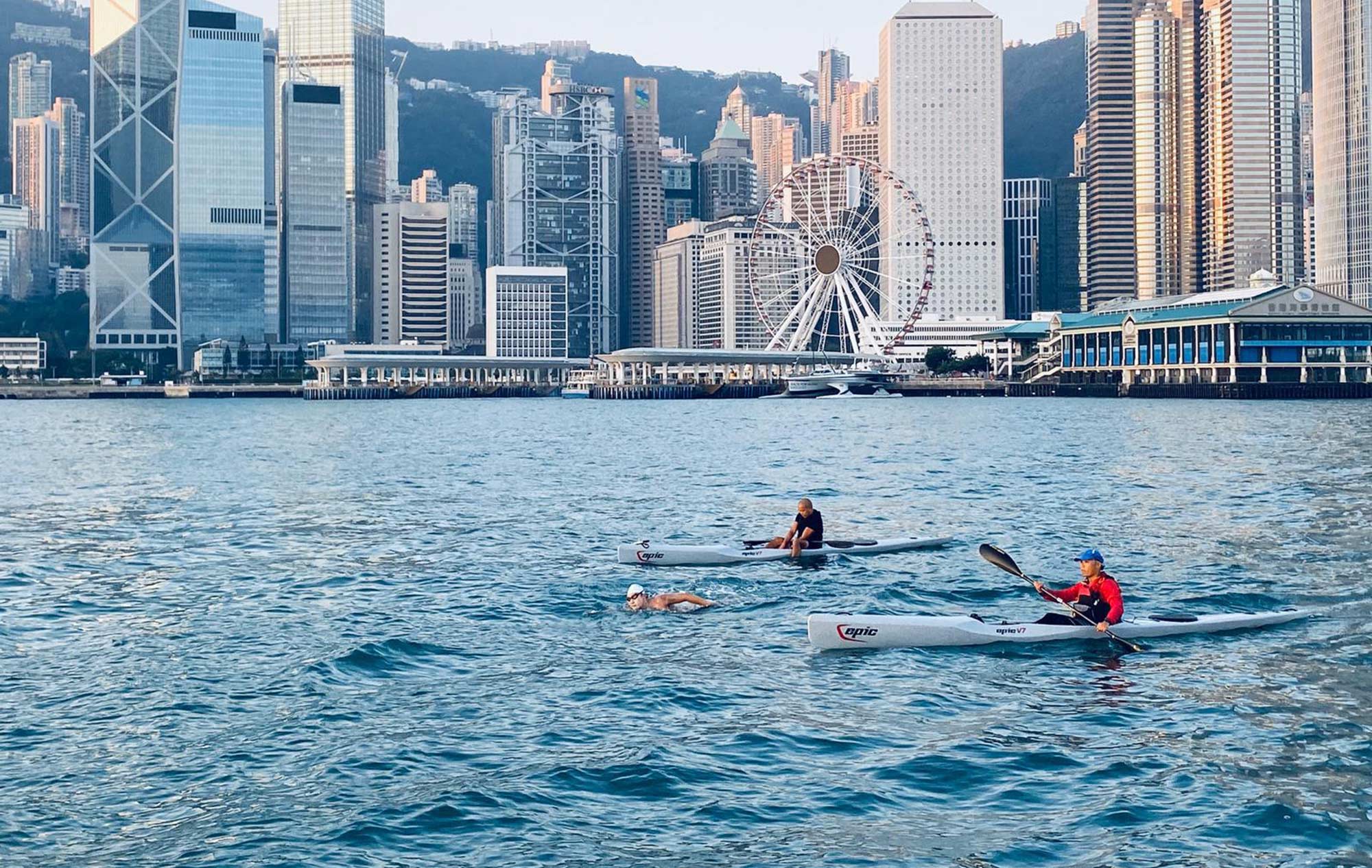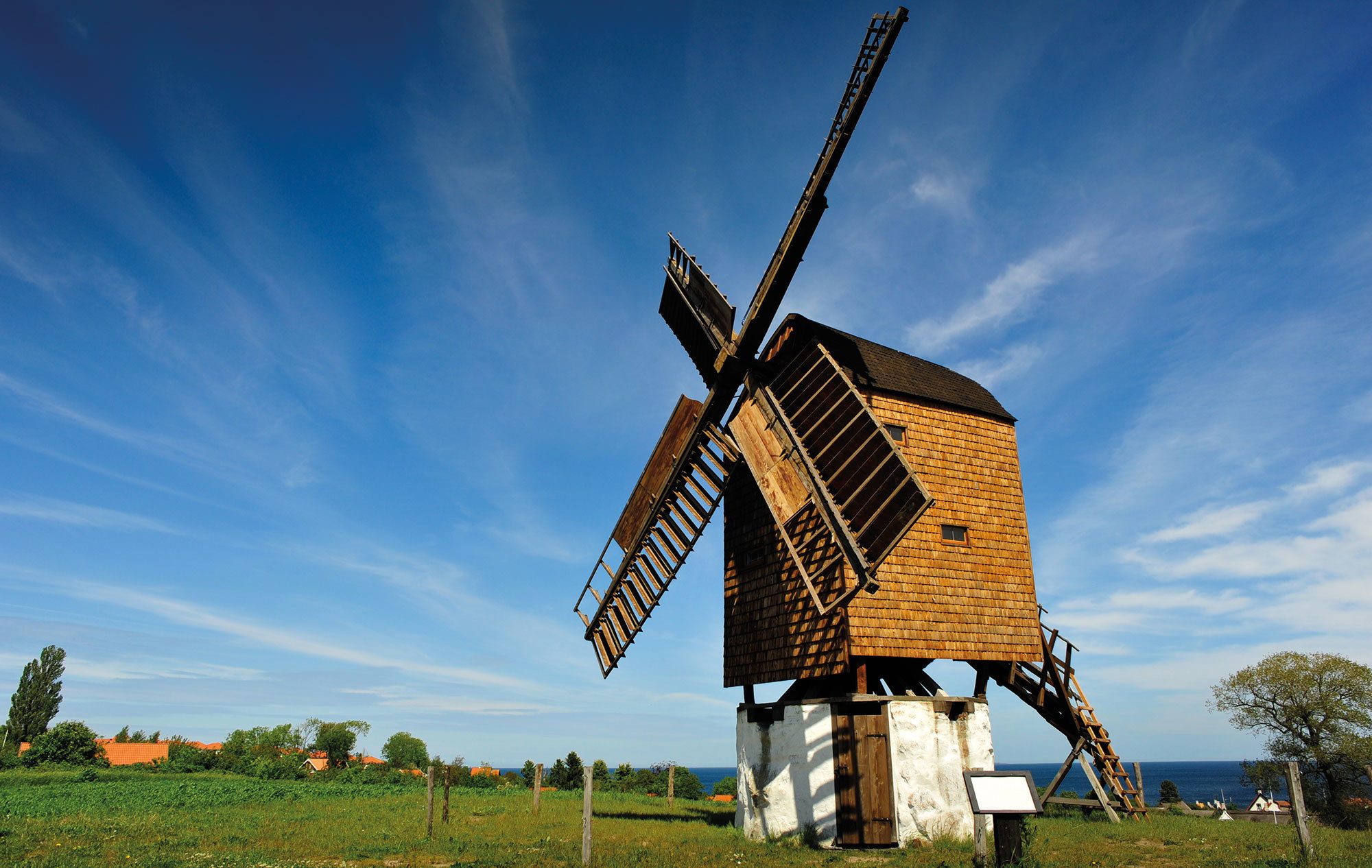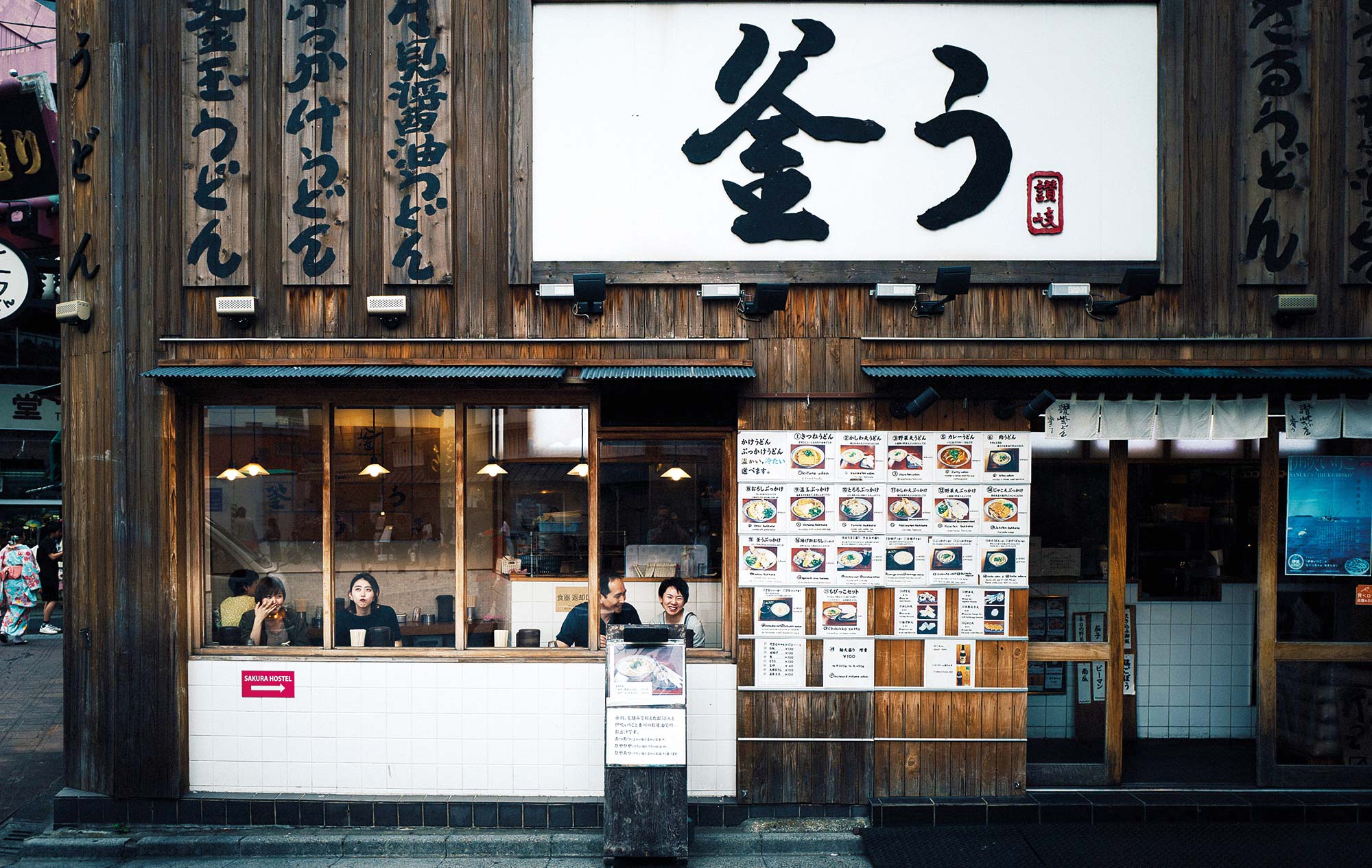I first visited Paris in the 1990s, a few years after the Louvre’s renovation was finished. It had always loomed large in my memory.
As a kid who loved architectural history, I knew all about Ephesus, the Parthenon, the Louvre. I grew up in the Bahamas until I was 12, and my brothers and I would spend days building landmarks out of sand and seaweed. We fought over who got the Louvre, the Versailles Orangerie conservatory, the Tuileries.
Later, when I was a student in Texas, I read about IM Pei’s controversial pyramid, with critics arguing that it was too jarring and modernist for the historic Louvre. In theory, I erred on the side of the conservatives.
But seeing the Louvre juxtaposed with the glass pyramid in person, there’s an ‘aha!’ moment as you realise something old can be new again.
It’s an amazing metaphor for how inherited culture can be married to modern life – how we can live in a modern city, but have experiences informed by the past. It inspires us to think again.
As a ballet artist, my language is dance. Classical ballet is an intrinsically conservative art form. It communicates beauty and form and harmony, but the language is fluid and pliable.
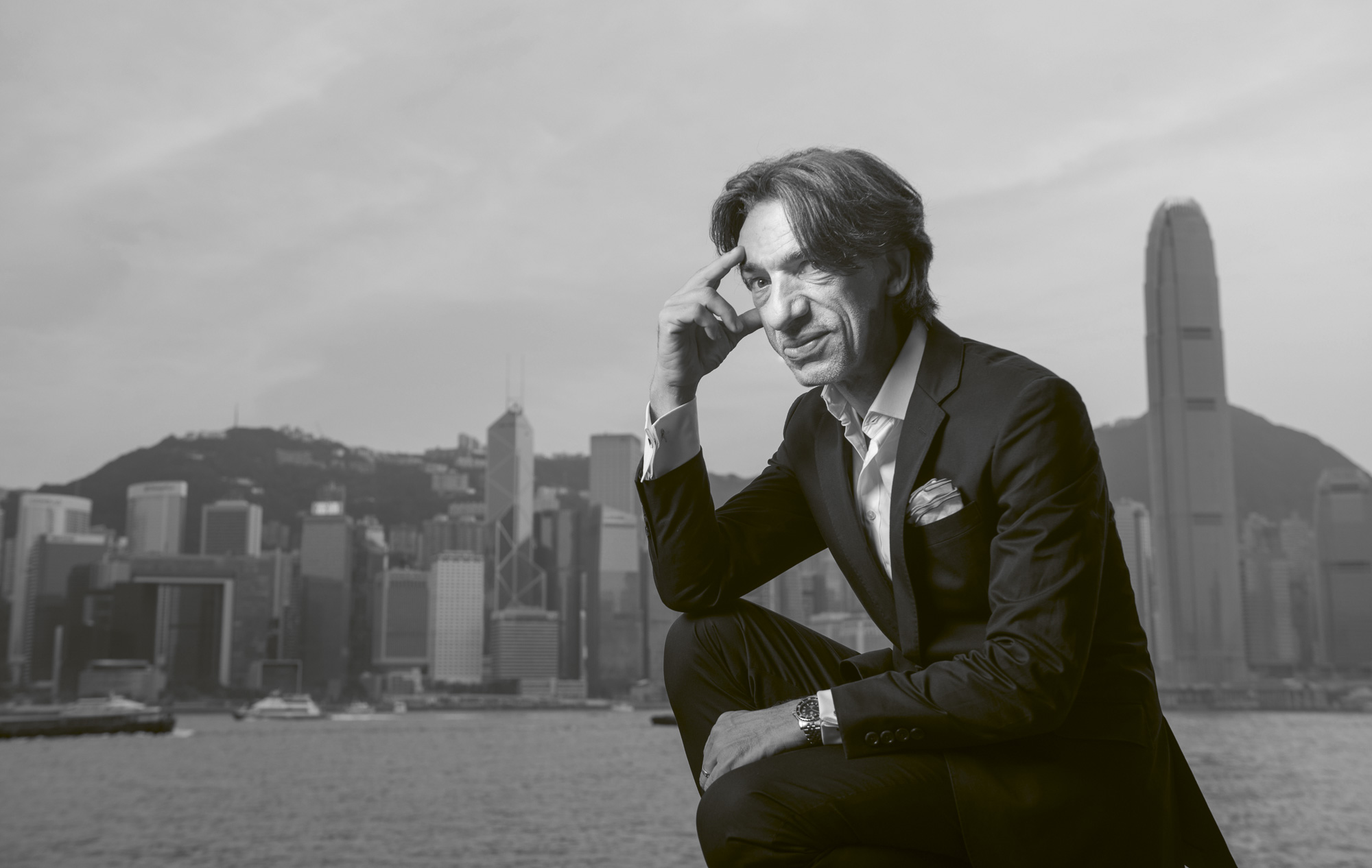
The art has roots in the past, but it can characterise modern life with forward-thinking composers. When I think about the Louvre pyramid, it reminds me that I can connect with the modern world through ballet.
Septime Webre is the artistic director of Hong Kong Ballet, which is performing The Nutcracker throughout December at the Hong Kong Cultural Centre.



